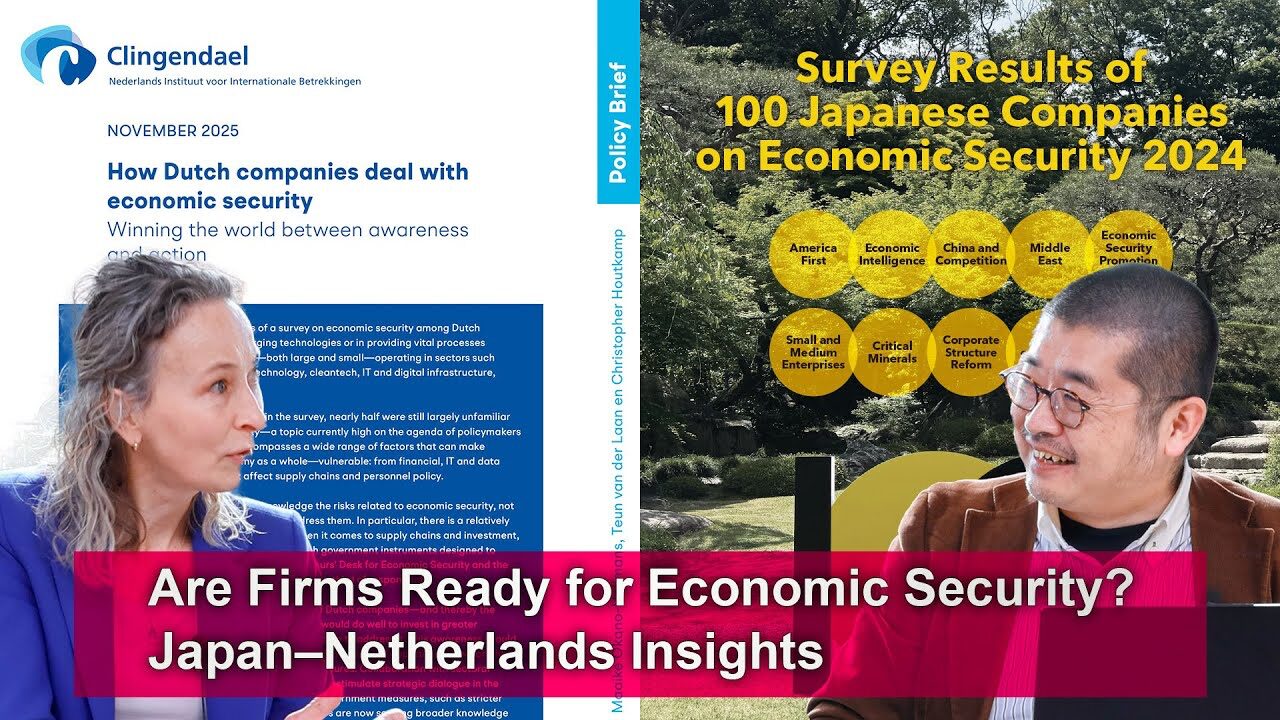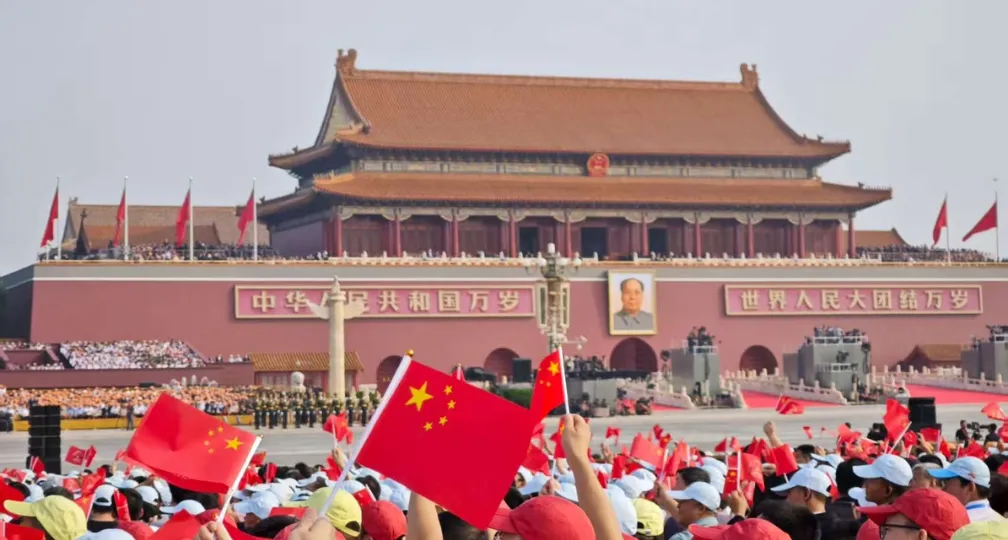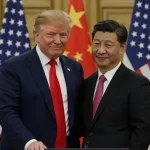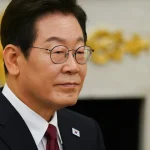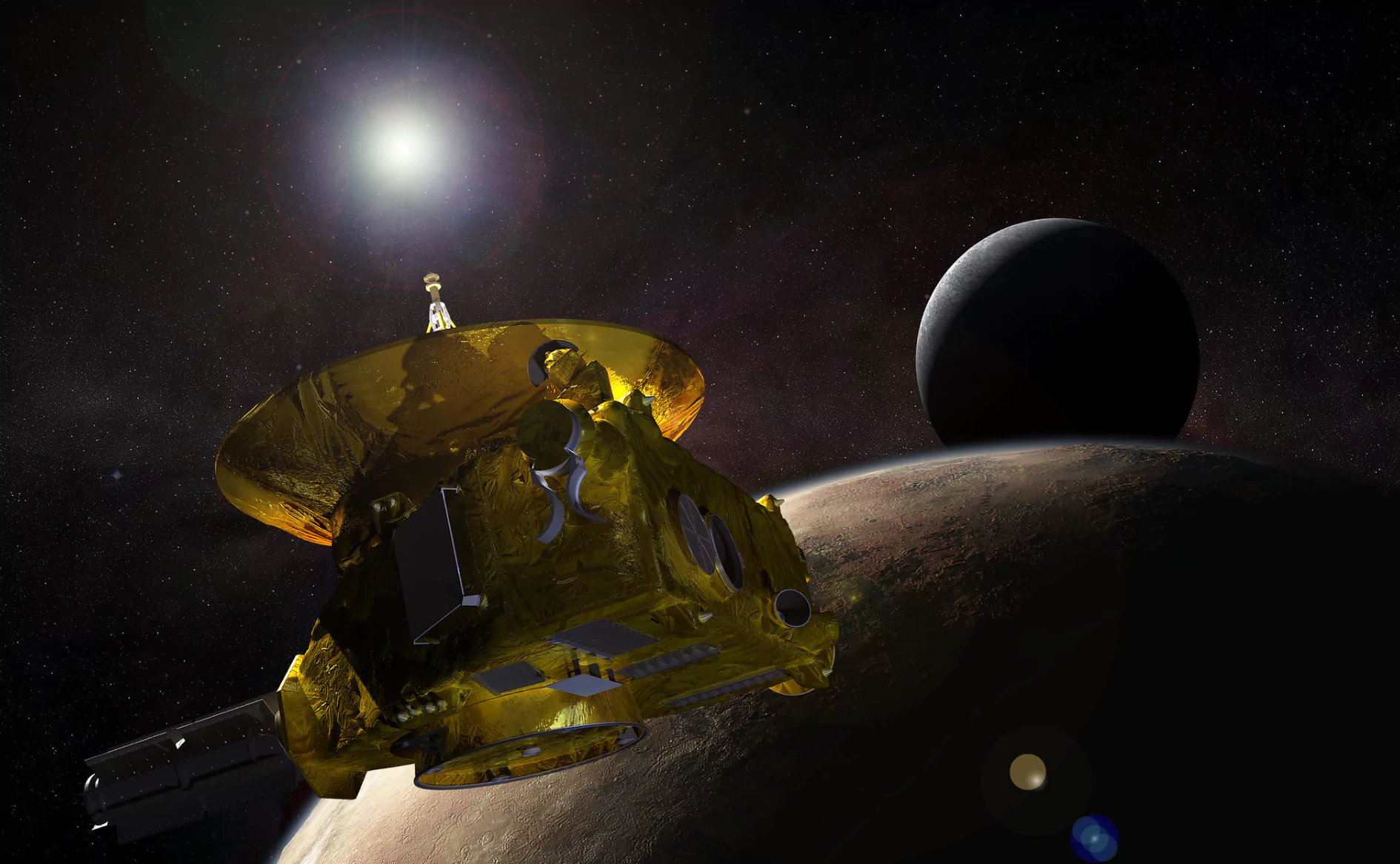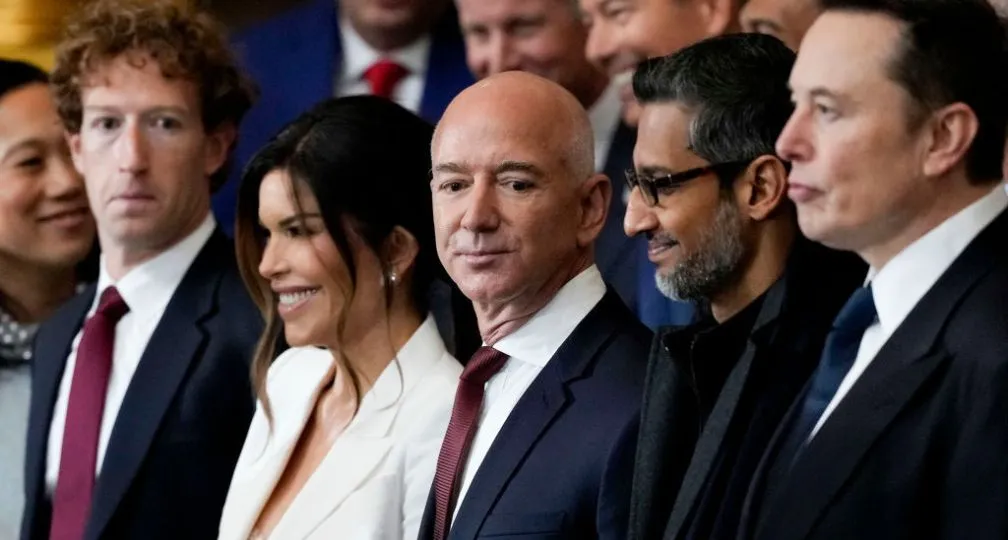A ‘Sputnik’ moment in the global AI race
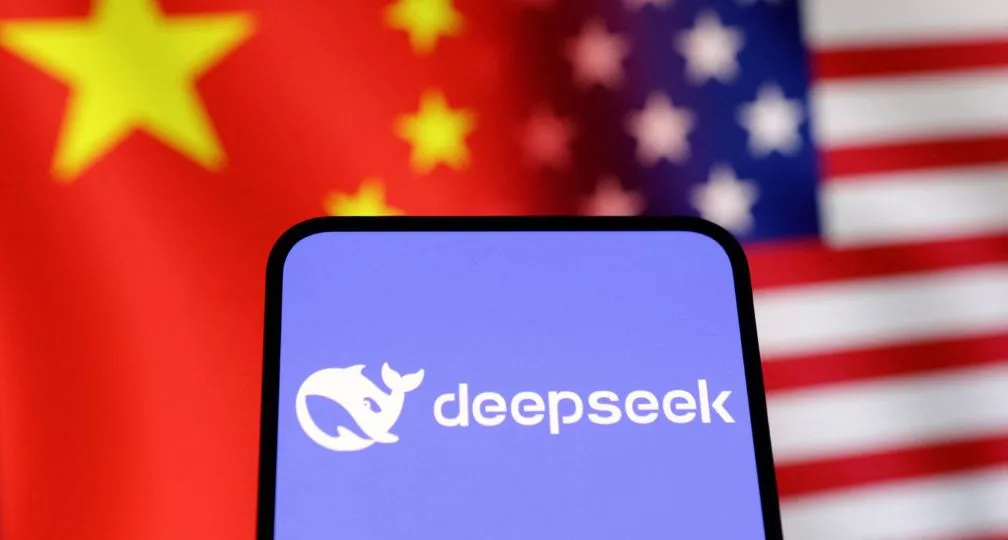
Much remains uncertain about DeepSeek’s LLM and its capabilities should not be overestimated — but its release nevertheless has sparked intense discussion about its superiority especially in terms of cost. DeepSeek claims that its model possesses reasoning abilities on par with or even superior to OpenAI’s leading models, with training costs at less than one-tenth of OpenAI’s — reportedly just $5.6 million — largely due to the use of NVIDIA’s lower-cost H800 GPUs rather than the more powerful H200 or H100 models.
Tech giants like Meta and Google have spent billions of dollars on high-performance GPUs to develop cutting-edge AI models. However, DeepSeek’s ability to produce a high-performance AI model at a significantly lower cost challenges the prevailing belief that computational power—determined by the number and quality of GPUs—is the primary driver of AI performance.
But that’s enough tech talk. Most readers will no doubt be more interested in how DeepSeek-R1 influences the broader geopolitical AI race. To remain competitive in the global AI race, nations have generally considered three key factors essential: cutting-edge semiconductors, the electricity needed to power them and world-class AI researchers. If DeepSeek has managed to achieve top-notch AI performance while using fewer computational resources, AI researchers would assume that its development team had a major and unprecedented breakthrough.
So what kind of personnel makes up DeepSeek’s development team? Until now, the majority of top AI researchers have been affiliated with leading U.S. or U.K. universities or with Big Tech companies like Google, which can invest massive amounts into research and development. But DeepSeek is a private company founded in July 2023 by Liang Wenfeng, the co-founder of High-Flyer Quant, a Chinese hedge fund that uses AI to predict market trends and help make investment decisions. Liang serves as CEO of both High-Flyer and DeepSeek.
DeepSeek’s hiring strategy prioritizes ability over experience, creating an environment where young employees enjoy considerable freedom in utilizing computational resources. In a way, this setup resembles that of competing U.S.-based AI companies.
Publicly available information on DeepSeek’s workforce is limited, but many of its employees are graduates of China’s top universities, such as Peking University and Tsinghua University, and Liang himself graduated from the prestigious Zhejiang University. Notably, very few DeepSeek employees have studied at overseas institutions in the U.S. or Europe, and their academic advisers tend to have been trained domestically. This shift, where advanced AI research can be conducted entirely domestically, gives China a major confidence boost.
There is evidence that the Chinese government is closely watching DeepSeek. In January, state-run TV showed Liang sitting next to Premier Li Qiang at a symposium. In February, Liang also attended a roundtable discussion with President Xi Jinping and other private-sector leaders.
It has become increasingly common to see governments forging closer ties with tech executives who wield significant influence. U.S. Big Tech executives also appear to have voluntarily adopted a more compliant stance toward the U.S. government — witness Elon Musk, who until recently had significant influence within the Trump administration.
Musk’s waning influence, however, hasn’t stopped other Big Tech leaders from hoping to take his place. In 2025, the dynamic in the U.S. is one where Big Tech no longer opposes the government but instead seeks alignment with it, while foreign nations find themselves competing against both the U.S. government and its technology sector.
On the one hand, if the U.S. government tightens export controls on AI-related semiconductors to China and non-aligned countries, it will deal a blow to China’s AI development, benefiting U.S.-based tech giants that compete with Chinese firms. On the other hand, NVIDIA — which dominates the development of semiconductors essential for generative AI — has been a vocal critic of such restrictions, arguing that they ultimately weaken American competitiveness.
NVIDIA has been actively expanding its semiconductor sales to various governments, while advocating for the importance of “sovereign AI,” a concept in which each nation develops AI models aligned with its own ideological framework. In late January, NVIDIA CEO Jensen Huang met with U.S. President Donald Trump. While the details of the meeting remain unclear, it is widely speculated that NVIDIA is seeking to navigate U.S. semiconductor regulations by strengthening ties with the Trump administration. Given NVIDIA’s near-monopoly over the AI semiconductor supply, the U.S. government is keen to maintain its relationship with the company.
In 2024, Congress’s bipartisan U.S.-China Economic and Security Review Commission recommended launching an “AI Manhattan Project,” drawing a parallel between AI development and the World War II-era nuclear weapons program. With AI technological supremacy as a top national priority, the U.S. is expected to continue implementing export controls and other measures to maintain its dominance in AI development.
Only a handful of nations can possess the most advanced and continuously evolving AI models. The landscape has traditionally been one where the U.S. maintains a commanding lead in AI development, with China in pursuit and other countries trailing behind. However, the emergence of DeepSeek has reinforced the idea that human talent is the true driver of AI competitiveness.
Even if allegations that DeepSeek trained its model using OpenAI’s existing models prove true, DeepSeek-R1’s open-source nature adds another dimension to its threat to U.S. technological dominance: if it gains widespread adoption alongside low-cost Chinese semiconductors, it could become the standard model for many nations. And DeepSeek has given hope to countries with limited computational resources, like Japan, suggesting that they, too, could catch up to the U.S. in AI development.
The final destination of AI development remains uncertain, but technology companies are fiercely competing to achieve Artificial General Intelligence (AGI) — an AI that, like humans, teaches itself to perform cognitive tasks. More companies like DeepSeek are bound to emerge. Already, China’s Alibaba has unveiled an updated version of its generative AI model, Qwen, claiming it outperforms DeepSeek’s latest model.
Amid intensifying competition, governments will continue their efforts to integrate and control the winners of the AI race. And as nations compete for AI supremacy and seek to attract groundbreaking AI companies, some AI executives will inevitably gain political influence. NVIDIA’s Huang has emphasized that governments want AI that aligns with their own ideologies and cultures.
The more aggressively nations pursue AI dominance, the more politically powerful AI executives become. Governments, in turn, seek to leverage that power.
(Photo Credit: Reuters/Aflo)
[Note] This article was posted to the Japan Times on July 3, 2025:
https://www.japantimes.co.jp/commentary/2025/07/03/japan/sputnik-moment-in-global-ai-race/

Geoeconomic Briefing
Geoeconomic Briefing is a series featuring researchers at the IOG focused on Japan’s challenges in that field. It also provides analyses of the state of the world and trade risks, as well as technological and industrial structures (Editor-in-chief: Dr. Kazuto Suzuki, Director, Institute of Geoeconomics (IOG); Professor, The University of Tokyo).
Disclaimer: The opinions expressed in Geoeconomic Briefing do not necessarily reflect those of the International House of Japan, Asia Pacific Initiative (API), the Institute of Geoeconomics (IOG) or any other organizations to which the author belongs.
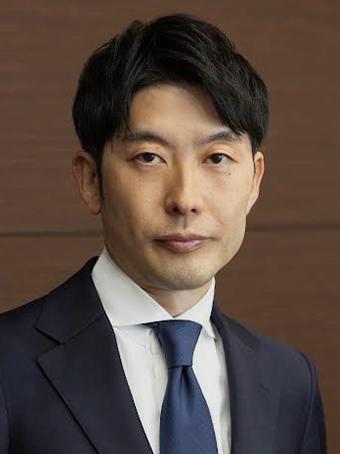

Group Head, Emerging Technologies,
Director of Management
Makoto Shiono holds a B.A. in Political Science from the Faculty of Law at Keio University and a Master of Laws (LLM) from Washington University (St. Louis) School of Law. He served as a member of the planning committee of the Intellectual Property Strategy Headquarters, Cabinet Office; the Working Group on Key and Strategic Areas, National Standards Strategy Subcommittee, Cabinet Office; and the Working Group of the Green Innovation Project Subcommittee of the Industrial Structure Council. He also participated in drafting the Ethics Guidelines (2017) as a member of the Ethics Committee of the Japanese Society for Artificial Intelligence. [Concurrent Positions] Co-Managing Director & CLO, IGPI Group Director & Managing Director, Industrial Growth Platform, Inc. (IGPI) Member, Startup Investment Committee, Japan Bank for International Cooperation(JBIC) Executive Officer, JBIC IG Partners
View Profile-
 Analysis: Ready for a (Tariff) Refund?2025.12.24
Analysis: Ready for a (Tariff) Refund?2025.12.24 -
 China, Rare Earths and ‘Weaponized Interdependence’2025.12.23
China, Rare Earths and ‘Weaponized Interdependence’2025.12.23 -
 Are Firms Ready for Economic Security? Insights from Japan and the Netherlands2025.12.22
Are Firms Ready for Economic Security? Insights from Japan and the Netherlands2025.12.22 -
 Is China Guardian of the ‘Postwar International Order’?2025.12.17
Is China Guardian of the ‘Postwar International Order’?2025.12.17 -
 Japan-India Defense in a Fragmenting Indo-Pacific2025.12.10
Japan-India Defense in a Fragmenting Indo-Pacific2025.12.10
 Event Report: The Trump Tariffs and Their Impact on the Japanese Economy2025.11.25
Event Report: The Trump Tariffs and Their Impact on the Japanese Economy2025.11.25 The “Economic Security is National Security” Strategy2025.12.09
The “Economic Security is National Security” Strategy2025.12.09 The Real Significance of Trump’s Asia Trip2025.11.14
The Real Significance of Trump’s Asia Trip2025.11.14 The long road to a South Korea-U.S. trade deal2025.11.26
The long road to a South Korea-U.S. trade deal2025.11.26 Trump’s Tariffs Might Be Here to Stay – No Matter Who’s in Power2025.11.28
Trump’s Tariffs Might Be Here to Stay – No Matter Who’s in Power2025.11.28




